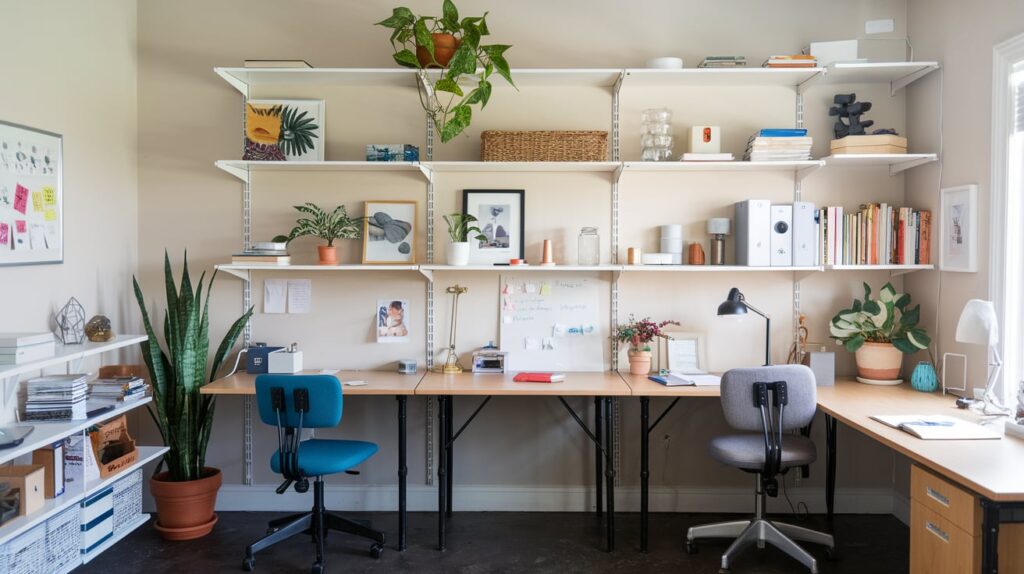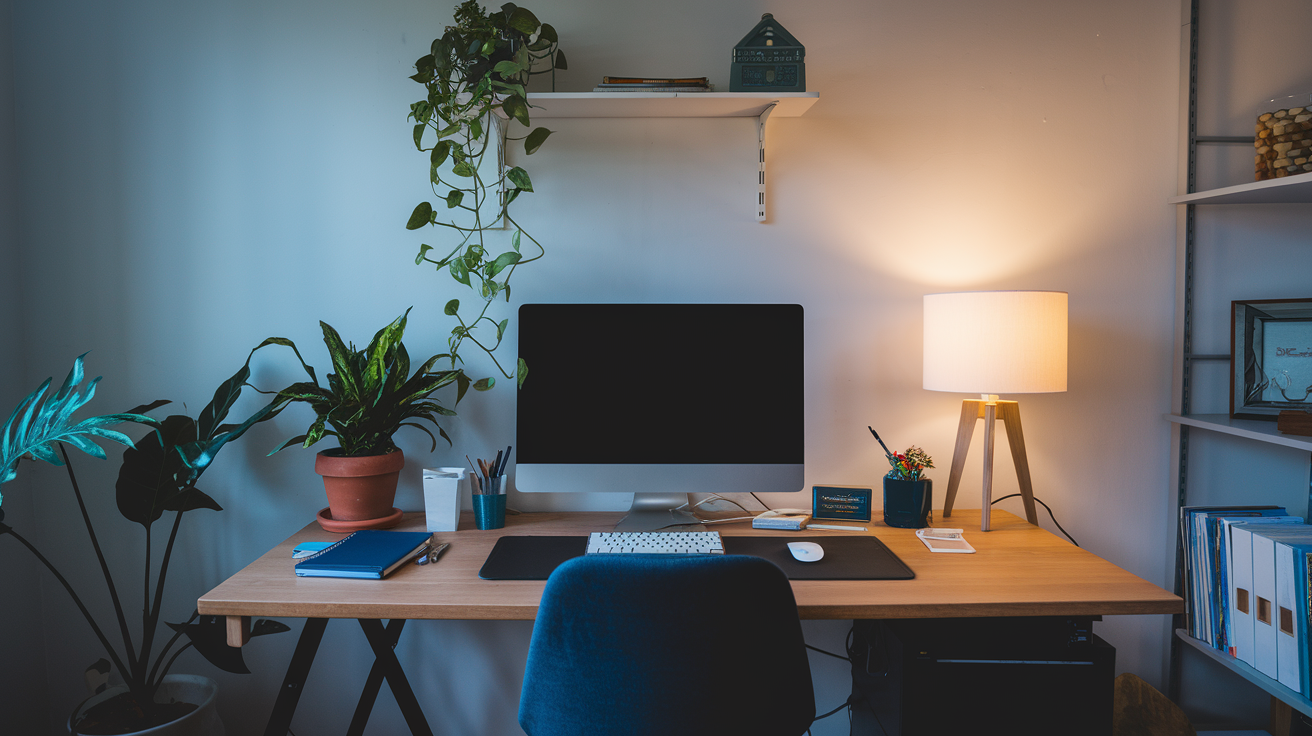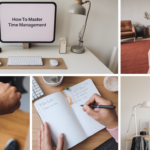A well-organized workspace can make all the difference in how productive and focused you are throughout the day. Whether you’re working from home or at an office, the setup of your desk, tools, and environment can directly impact your efficiency. A cluttered space leads to a cluttered mind, while a thoughtfully organized workspace sets you up for success. In this article, we’ll explore the best ways to organize your workspace to maximize efficiency and productivity.

1. Declutter and Minimize Distractions
The first step to organizing your workspace is to declutter. A clutter-free space allows for better concentration and reduces distractions. Remove unnecessary items from your desk—only keep essentials like your laptop, notepad, and a pen within easy reach. Store non-daily items in drawers or shelves to keep your workspace tidy.
2. Invest in Functional Storage Solutions
Organizational tools like file folders, drawer organizers, and shelves can help you manage papers, supplies, and equipment. Keep your most-used items in easy-to-reach locations, while less frequently used items can be stored in cabinets or drawers. A filing system for documents, both physical and digital, is a must for maintaining order.
3. Go Digital Wherever Possible
Paper clutter is one of the biggest productivity killers. Digitize your documents, bills, and notes to reduce paper piles. Tools like Google Drive, Dropbox, or Evernote help you keep track of everything in one place, reducing the need for physical storage and allowing you to access files from anywhere.
Switching to digital doesn’t just reduce clutter—it’s eco-friendly and saves you from rummaging through stacks of paper when you need something quickly.
4. Create a Layout that Works for You
The physical arrangement of your workspace is key to efficiency. Ensure that your computer, keyboard, and mouse are placed ergonomically to avoid strain. Keep often-used tools like pens, notebooks, or phones within arm’s reach. Consider adding an extra monitor if your job requires multitasking.
5. Manage Cables and Wires
A tangle of cords behind your desk not only looks messy but can also be a hazard. Use cable organizers, zip ties, or clips to bundle and hide your wires. Wireless keyboards and mice are another great solution to keep your desk neat.
6. Incorporate Personal Touches
While a functional workspace is important, adding a few personal elements can make it more enjoyable. Whether it’s family photos, a plant, or artwork, these touches can add personality to your space without distracting you. Plants, in particular, can improve air quality and help reduce stress.
Bringing a piece of home into your workspace can help you feel more relaxed and motivated to tackle your tasks.
7. Prioritize Lighting and Airflow
Natural light has been shown to improve focus and mood, so set up your desk near a window if possible. If not, invest in good-quality lighting. Desk lamps with adjustable brightness can reduce eye strain. Proper airflow is also important—ensure your workspace is well-ventilated to avoid feeling sluggish.
8. Maintain a Clean Workspace Daily
A workspace is only as organized as you keep it. At the end of each day, take a few minutes to clean up, organize documents, and return everything to its place. This habit ensures you start each day with a clean slate, ready to be productive.
9. Optimize Your Digital Workspace
Your physical space isn’t the only thing that needs organizing—your digital workspace is just as important. Create folders on your computer for different projects or tasks, and use apps or tools to manage your to-do lists. A cluttered desktop can slow you down, so regularly clean up files and shortcuts.
Conclusion: Set Yourself Up for Success
Organizing your workspace is an investment in your productivity and overall well-being. A neat, well-arranged workspace helps you stay focused, reduces stress, and allows you to accomplish tasks more efficiently. By following these tips, you’ll create a workspace that works for you—leading to greater efficiency and a more enjoyable workday.
By implementing these strategies, you can transform your workspace into a hub of productivity, focus, and creativity. A little effort goes a long way in ensuring that your space truly supports your workday goals.

























